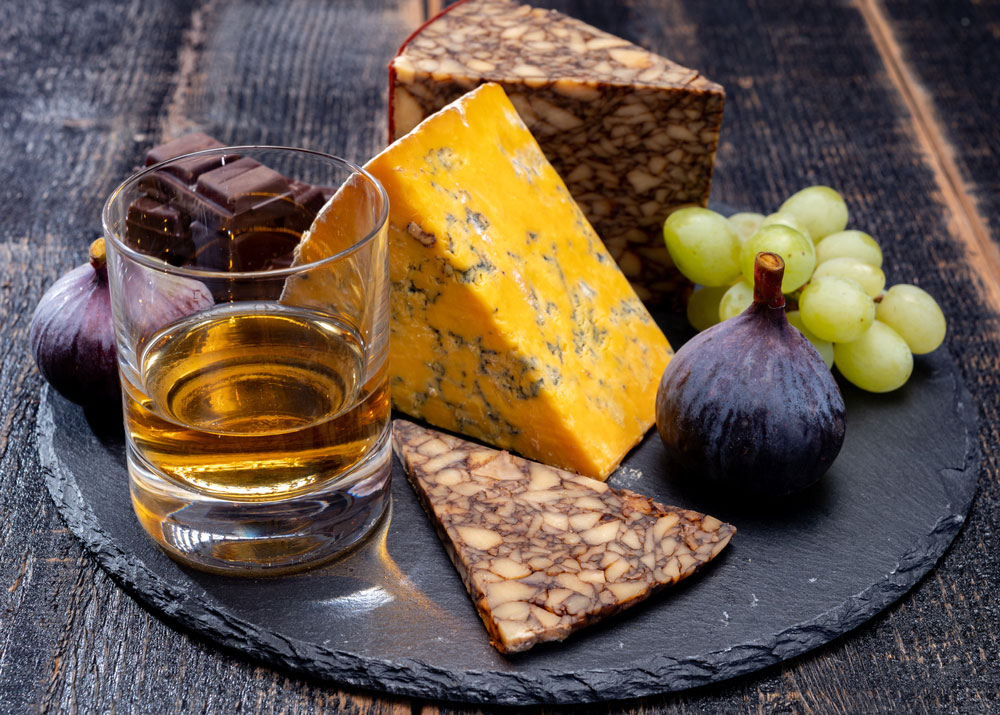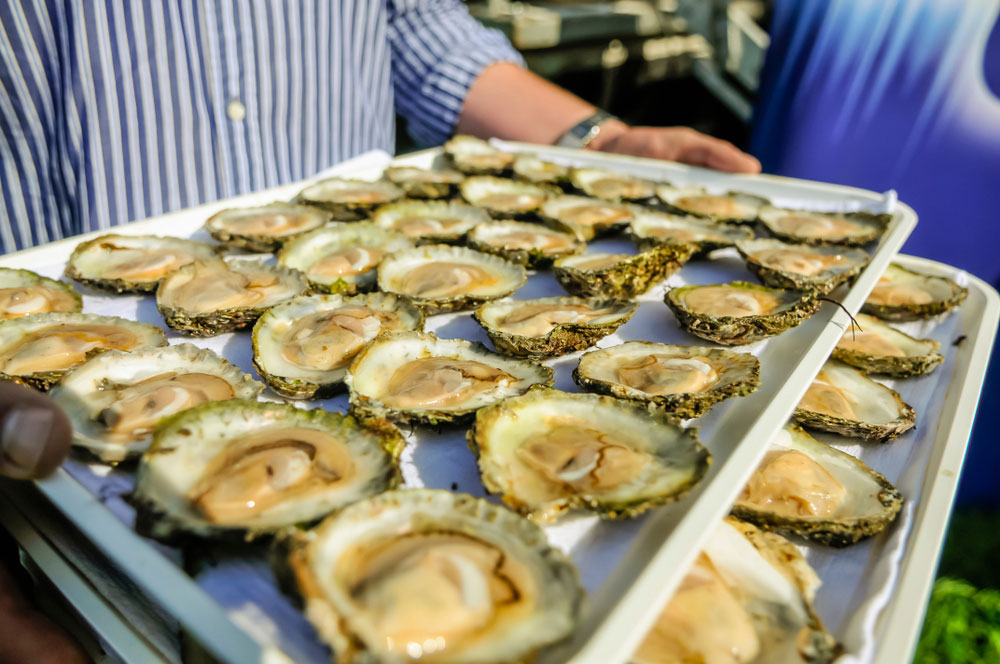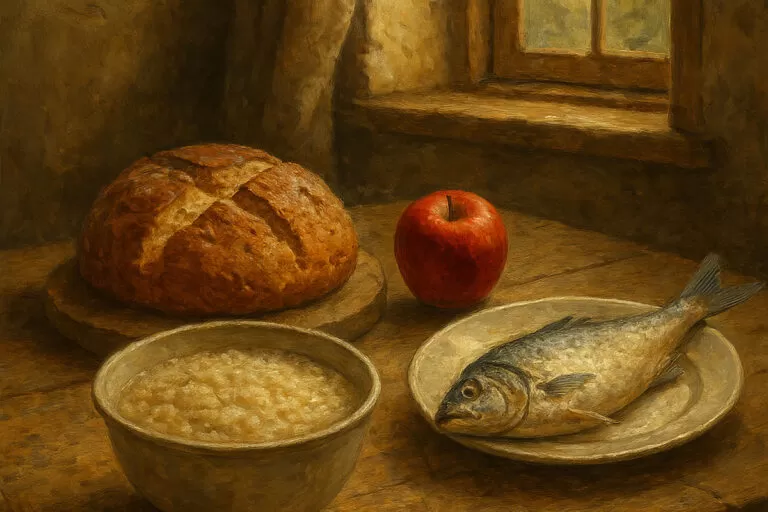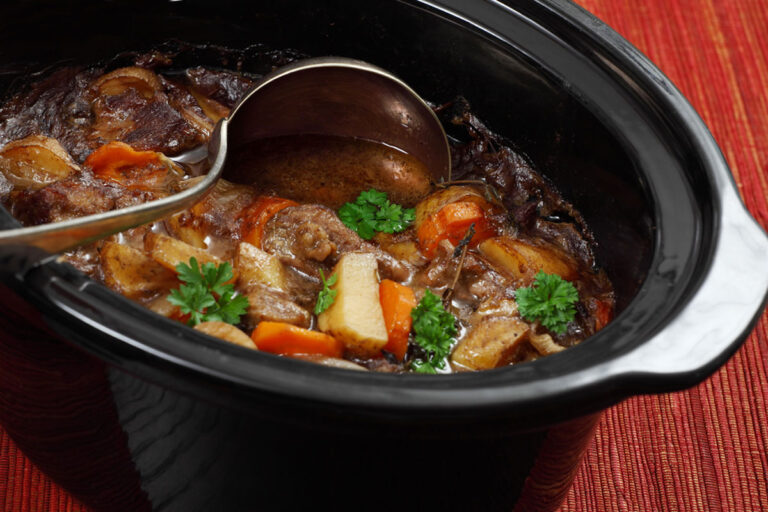Ireland’s Rich Food Heritage: Exploring the Culinary Legacy
The culinary heritage of Ireland is a tapestry made from centuries of tradition, invention, and a strong connection to the land. We will now travel to food heritage sites that commemorate the distinct flavors and history of Irish cuisine. These museums and tours offer an insight into the heart of Ireland’s unique culinary tradition, from old recipes passed down through generations to modern culinary inventions.
The National Irish Food Museum
Our first stop on this culinary adventure takes us to the National Irish Food Museum, located in the picturesque countryside of County Cork. Stepping through its doors is like stepping back in time, as the museum showcases the evolution of Irish food from prehistoric times to the present day. From ancient cooking techniques to the influence of different cultures on Irish cuisine, visitors can explore the diverse layers that have shaped Ireland’s food heritage.
The exhibitions come to life with interactive displays that allow visitors to try ancient culinary skills and even prepare historic dishes. The tale of Ireland’s culinary heritage unfolds via the National Irish Food Museum, providing a deeper appreciation for the delicacies that characterize the country’s identity.
A Taste of Ireland’s Ancient Past: Culinary Excursions to Ancient Sites
Let’s delve deeper into Ireland’s food heritage by embarking on culinary excursions to ancient sites. These sites offer a unique opportunity to connect with the past and understand the food practices of our ancestors. From megalithic tombs to ancient settlements, the remnants of Ireland’s past provide fascinating insights into the foods that sustained ancient communities.
One such site is the Ceide Fields in County Mayo, where an extensive neolithic field system has been preserved beneath the peat. Here, visitors can learn about the early agricultural practices of the Celts and how they cultivated the land for sustenance. Through guided tours, we can unravel the mysteries of their diet, understanding the plants they foraged, the animals they domesticated, and the communal meals they shared.
The Carrowmore Megalithic Cemetery in County Sligo allows visitors to view burial sites and ancient homes. While not mainly concerned with food, the cemetery provides insight into the life of ancient Irish societies and the rituals associated with food and death. Archaeological finds at these sites give light on the crops they grew, the animals they hunted, and the cultural significance of specific foods.
We begin to grasp the interdependence of Ireland’s terrain, its people, and the food that sustained them as we travel through these historic locations. Next, we’ll continue our culinary trip by visiting additional food heritage sites and learning about the interesting stories they tell about Irish cuisine throughout history.
The Emerald Isle’s Culinary Treasures: Discovering Traditional Food Museums
As our gastronomic journey continues, we want to visit the traditional food museums spread throughout Ireland. These museums provide an immersive experience by highlighting the country’s distinct regional cuisines as well as the customs that have shaped them. These museums showcase the range of Irish cuisine, from dairy-rich dishes to substantial stews and seafood specialities.
In County Kerry, the Kerry Bog Village Museum takes us back in time to explore the culinary practices of the past. Set in a reconstructed 19th-century village, the museum allows visitors to step into the shoes of villagers and experience their daily lives. Learn how traditional foods were prepared and preserved, and witness the skillful craftsmanship involved in creating wooden butter churns and peat-fired ovens.
Donegal Castle, located in County Donegal, provides a sample of the region’s rich culinary tradition. The castle’s guided tours provide information about the castle’s inhabitants’ histories and dining customs. The museum highlights the delights that have graced Irish menus for ages, from the exquisite seafood taken off Donegal’s craggy coast to the classic oatcakes prepared in the castle kitchen.
These traditional food museums not only provide wonderful treats, but also pay tribute to the unsung heroes who have preserved Ireland’s culinary heritage. These museums exist as a tribute to the ongoing history of Irish food thanks to the efforts of curators and dedicated residents.

Culinary Tours and Food Festivals: Savoring the Present
Now we celebrate the current vibrancy of Ireland’s food sector by going on culinary tours and attending food festivals that showcase the finest of contemporary Irish cuisine.
Dublin, the bustling capital city, offers a plethora of food tours that take visitors on a gastronomic adventure through its diverse neighborhoods. Sample artisanal cheeses, taste the city’s famous whiskey, and indulge in the finest chocolates as knowledgeable guides reveal the stories behind each culinary delight.
Beyond the urban landscape, the Wild Atlantic Way beckons with its spectacular coastal scenery and thriving food festivals. In County Galway, the Galway International Oyster Festival is a must-visit event that celebrates the region’s bountiful seafood offerings. Revel in the lively atmosphere as oyster shuckers compete for the title of world champion and savor the briny delights that come fresh from the Atlantic waters.
Venturing to the southern coast, the Kinsale Food Festival in County Cork is a true feast for the senses. Delight in the flavors of artisanal foods, sip on local craft beers, and join in on lively cookery demonstrations. The festival embraces the farm-to-table movement, showcasing the talents of Ireland’s culinary artisans and highlighting the importance of sustainable and locally sourced ingredients.
By participating in these culinary tours and food festivals, we connect with the passionate individuals who craft Ireland’s modern food narrative. Through their dedication to preserving traditions while embracing innovation, they ensure that Irish cuisine continues to evolve and thrive.
Next we focus on the ageless connection between Ireland’s people, its country, and the culinary wonders that continue to delight both locals and visitors alike.
Preserving the Culinary Legacy: The Role of Food Heritage Sites Today
As we conclude our exploration of food heritage sites in Ireland, we reflect on their significance in preserving the culinary legacy for future generations. These sites not only celebrate the past but also play a vital role in shaping the future of Irish cuisine.
Food history sites develop a greater awareness for Ireland’s gastronomic past through interactive exhibits, educational programs, and culinary workshops. Visitors acquire a stronger connection to the land and its people by learning about the historical context of traditional foods, culinary techniques, and the utilization of locally obtained products.
These sites also serve as beacons of inspiration for aspiring chefs and home cooks alike. By learning from the past, they can infuse contemporary dishes with age-old flavors, adding a touch of nostalgia to modern creations. As Ireland’s culinary landscape evolves, this fusion of tradition and innovation ensures that the spirit of Irish cuisine endures.
Furthermore, food historical sites contribute to the long-term development of local communities. These places strengthen rural economies and foster responsible land stewardship by promoting traditional farming practices and supporting small-scale farmers.
As we say goodbye to this enthralling voyage through Ireland’s culinary legacy, we have a better grasp of the rich tapestry of flavors that constitute the country’s gastronomic identity. From ancient recipes inscribed in the annals of time to cutting-edge gastronomy of today, the tale of Irish cuisine is one of persistence, invention, and pride.
Let us continue to celebrate the vibrant flavors of Ireland and the remarkable individuals who honor the country’s culinary heritage. By savoring the past, embracing the present, and nurturing the future, we ensure that Ireland’s food legacy lives on, weaving its magic through the palates and hearts of generations to come. Sláinte!







